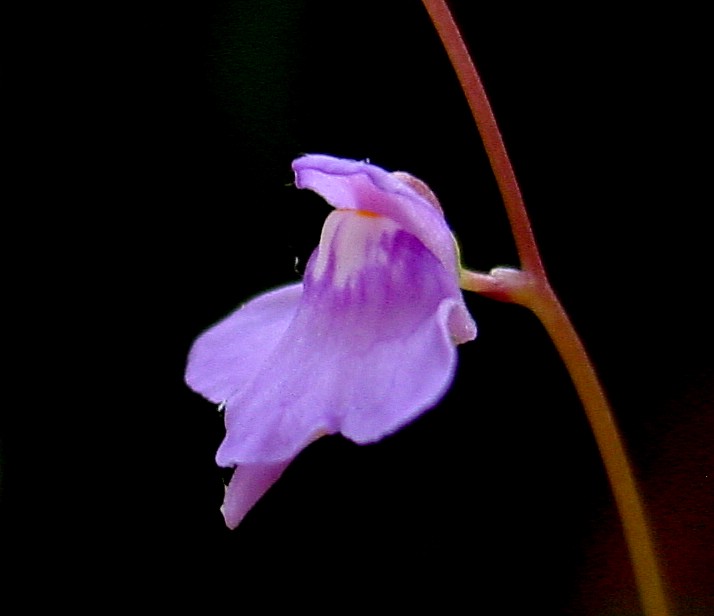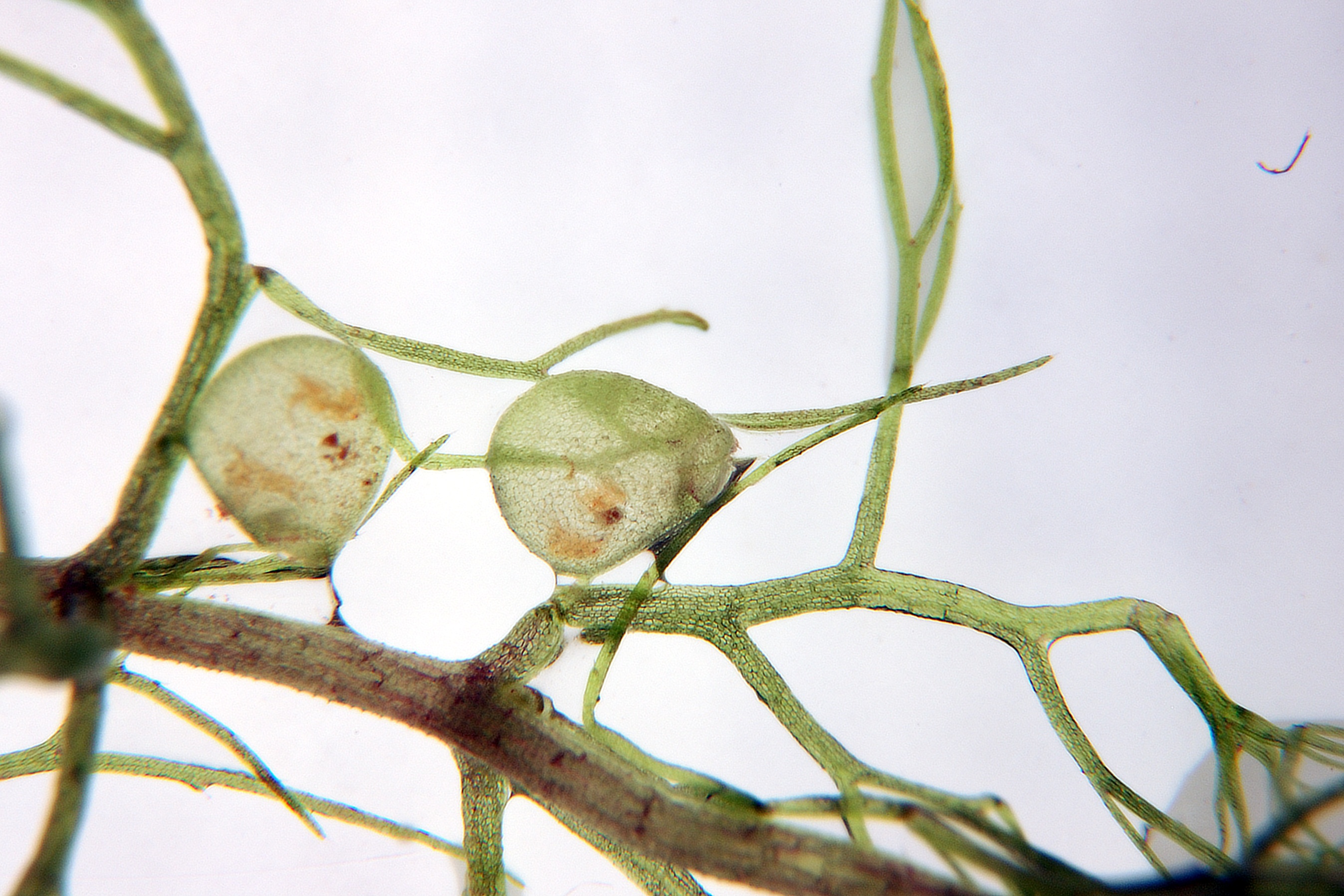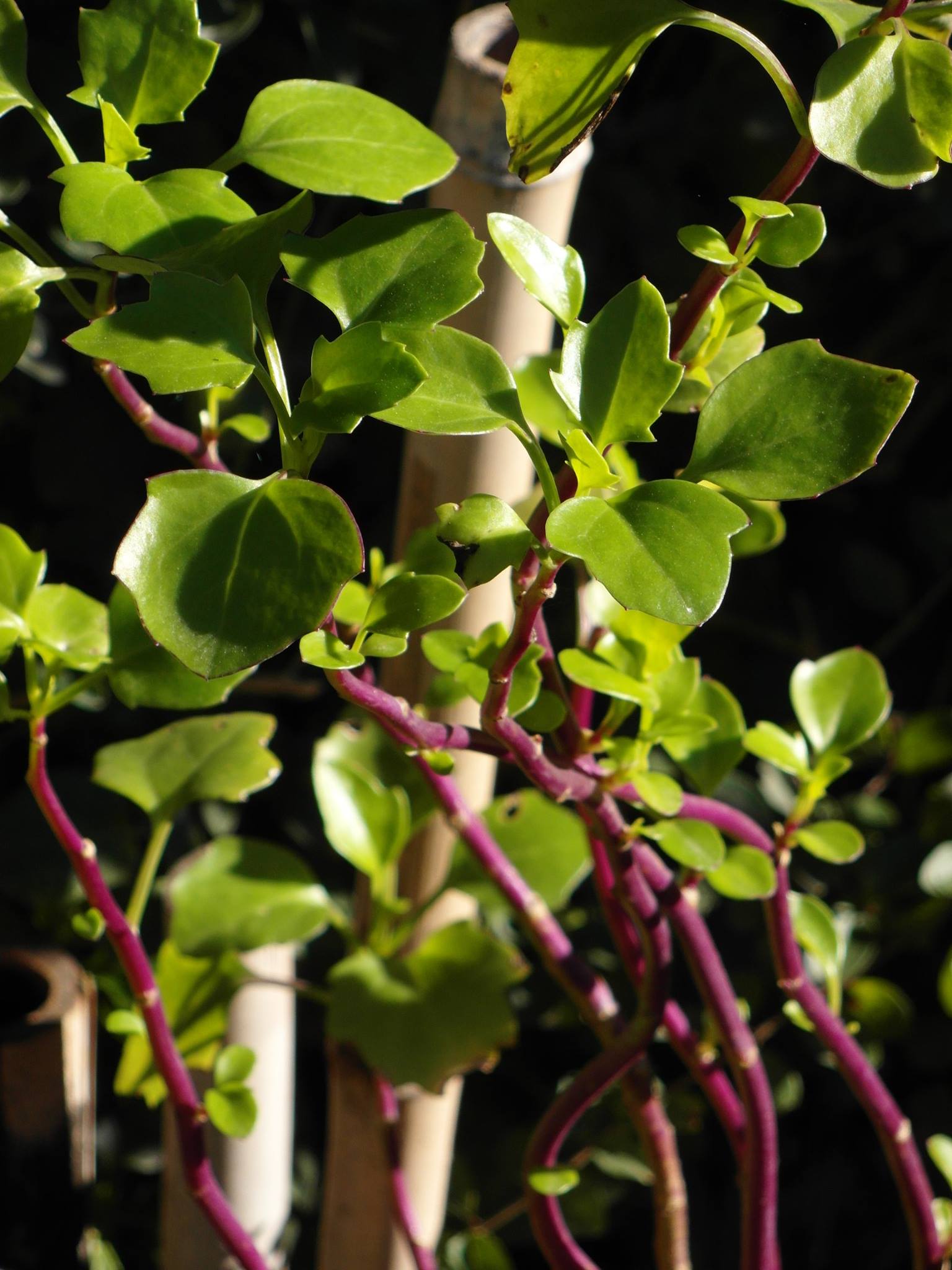|
Bladderworts
''Utricularia'', commonly and collectively called the bladderworts, is a genus of carnivorous plants consisting of approximately 233 species (precise counts differ based on classification opinions; a 2001 publication lists 215 species).Salmon, Bruce (2001). ''Carnivorous Plants of New Zealand''. Ecosphere Publications. They occur in fresh water and wet soil as terrestrial or aquatic species across every continent except Antarctica. ''Utricularia'' are cultivated for their flowers, which are often compared with those of snapdragons and orchids, especially amongst carnivorous plant enthusiasts. All ''Utricularia'' are carnivorous and capture small organisms by means of bladder-like traps. Terrestrial species tend to have tiny traps that feed on minute prey such as protozoa and rotifers swimming in water-saturated soil. The traps can range in size from .Taylor, Peter. (1989). ''The genus Utricularia - a taxonomic monograph''. Kew Bulletin Additional Series XIV: London. Aquatic spec ... [...More Info...] [...Related Items...] OR: [Wikipedia] [Google] [Baidu] |
Carnivorous Plant
Carnivorous plants are plants that derive some or most of their nutrients from trapping and consuming animals or protozoans, typically insects and other arthropods. Carnivorous plants still generate some of their energy from photosynthesis. Carnivorous plants have adapted to grow in places where the soil is thin or poor in nutrients, especially nitrogen, such as acidic bogs. They can be found on all continents except Antarctica, as well as many Pacific islands. In 1875 Charles Darwin published ''Insectivorous Plants'', the first treatise to recognize the significance of carnivory in plants, describing years of painstaking research. True carnivory is believed to have evolved independently at least 12 times in five different orders of flowering plants, and is represented by more than a dozen genera. This classification includes at least 583 species that attract, trap, and kill prey, absorbing the resulting available nutrients. Venus flytrap (''Dionaea muscipula''), pitcher p ... [...More Info...] [...Related Items...] OR: [Wikipedia] [Google] [Baidu] |
Utricularia Subg
''Utricularia'', commonly and collectively called the bladderworts, is a genus of carnivorous plants consisting of approximately 233 species (precise counts differ based on classification opinions; a 2001 publication lists 215 species).Salmon, Bruce (2001). ''Carnivorous Plants of New Zealand''. Ecosphere Publications. They occur in fresh water and wet soil as terrestrial or aquatic species across every continent except Antarctica. ''Utricularia'' are cultivated for their flowers, which are often compared with those of snapdragons and orchids, especially amongst carnivorous plant enthusiasts. All ''Utricularia'' are carnivorous and capture small organisms by means of bladder-like traps. Terrestrial species tend to have tiny traps that feed on minute prey such as protozoa and rotifers swimming in water-saturated soil. The traps can range in size from .Taylor, Peter. (1989). '' The genus Utricularia - a taxonomic monograph''. Kew Bulletin Additional Series XIV: London. Aquatic ... [...More Info...] [...Related Items...] OR: [Wikipedia] [Google] [Baidu] |
The Genus Utricularia - A Taxonomic Monograph
''The Genus Utricularia: A Taxonomic Monograph'' is a monograph by Peter Taylor on the carnivorous plant genus ''Utricularia'', the bladderworts. It was published in 1989 by Her Majesty's Stationery Office (HMSO) as the fourteenth entry in the ''Kew Bulletin Additional Series''. It was reprinted for The Royal Botanic Gardens, Kew in 1994. Background Taylor's monograph represented the culmination of 41 years of research,Lowrie, A. 2002. ''Nuytsia'' 14(3): 405–410.McPherson, S. R. 2010. ''Carnivorous Plants and their Habitats''. 2 volumes. Redfern Natural History Productions, Poole. which included numerous field trips and herbarium visits (Taylor observed 90 species in habitat and estimated he had examined more than 50,000 herbarium specimens). More than 900 ''Utricularia'' taxon names had to be considered for the revision, the vast majority of which proved to be synonyms.Fleischmann, A. 2012. The new ''Utricularia'' species described since Peter Taylor's monograph. ''Carnivoro ... [...More Info...] [...Related Items...] OR: [Wikipedia] [Google] [Baidu] |
Utricularia Vulgaris
''Utricularia vulgaris'' (greater bladderwort or common bladderwort) is an aquatic species of bladderwort found in Asia and Europe Europe is a large peninsula conventionally considered a continent in its own right because of its great physical size and the weight of its history and traditions. Europe is also considered a subcontinent of Eurasia and it is located enti .... The plant is free-floating and does not put down roots. Stems can attain lengths of over one metre in a single growing season, but die back and form turions in winter. The leaves are finely pinnately divided, between one and eight centimetres long and carry many bladder-like traps. The yellow flowers are borne on stalks above the surface of the water between April and August. In eastern Asia and North America, its place is taken by the related species '' U. macrorhiza''. References Carnivorous plants of North America Carnivorous plants of Europe vulgaris Plants described in 1753 Taxa ... [...More Info...] [...Related Items...] OR: [Wikipedia] [Google] [Baidu] |
Leaf
A leaf (plural, : leaves) is any of the principal appendages of a vascular plant plant stem, stem, usually borne laterally aboveground and specialized for photosynthesis. Leaves are collectively called foliage, as in "autumn foliage", while the leaves, stem, flower, and fruit collectively form the shoot system. In most leaves, the primary photosynthesis, photosynthetic tissue is the palisade mesophyll and is located on the upper side of the blade or lamina of the leaf but in some species, including the mature foliage of ''Eucalyptus'', palisade mesophyll is present on both sides and the leaves are said to be isobilateral. Most leaves are flattened and have distinct upper (Glossary of botanical terms#adaxial, adaxial) and lower (Glossary of botanical terms#abaxial, abaxial) surfaces that differ in color, hairiness, the number of stomata (pores that intake and output gases), the amount and structure of epicuticular wax and other features. Leaves are mostly green in color due ... [...More Info...] [...Related Items...] OR: [Wikipedia] [Google] [Baidu] |
Plant Stem
A stem is one of two main structural axes of a vascular plant, the other being the root. It supports leaves, flowers and fruits, transports water and dissolved substances between the roots and the shoots in the xylem and phloem, stores nutrients, and produces new living tissue. The stem can also be called halm or haulm. The stem is normally divided into nodes and internodes: * The nodes hold one or more leaves, as well as buds which can grow into branches (with leaves, conifer cones, or flowers). Adventitious roots may also be produced from the nodes. * The internodes distance one node from another. The term " shoots" is often confused with "stems"; "shoots" generally refers to new fresh plant growth including both stems and other structures like leaves or flowers. In most plants stems are located above the soil surface but some plants have underground stems. Stems have four main functions which are: * Support for and the elevation of leaves, flowers, and fruits. The st ... [...More Info...] [...Related Items...] OR: [Wikipedia] [Google] [Baidu] |
Angiosperm
Flowering plants are plants that bear flowers and fruits, and form the clade Angiospermae (), commonly called angiosperms. They include all forbs (flowering plants without a woody stem), grasses and grass-like plants, a vast majority of broad-leaved trees, shrubs and vines, and most aquatic plants. The term "angiosperm" is derived from the Greek words ἀγγεῖον / ('container, vessel') and σπέρμα / ('seed'), meaning that the seeds are enclosed within a fruit. They are by far the most diverse group of land plants with 64 orders, 416 families, approximately 13,000 known genera and 300,000 known species. Angiosperms were formerly called Magnoliophyta (). Angiosperms are distinguished from the other seed-producing plants, the gymnosperms, by having flowers, xylem consisting of vessel elements instead of tracheids, endosperm within their seeds, and fruits that completely envelop the seeds. The ancestors of flowering plants diverged from the common ancestor ... [...More Info...] [...Related Items...] OR: [Wikipedia] [Google] [Baidu] |
Plant
Plants are predominantly Photosynthesis, photosynthetic eukaryotes of the Kingdom (biology), kingdom Plantae. Historically, the plant kingdom encompassed all living things that were not animals, and included algae and fungi; however, all current definitions of Plantae exclude the fungi and some algae, as well as the prokaryotes (the archaea and bacteria). By one definition, plants form the clade Viridiplantae (Latin name for "green plants") which is sister of the Glaucophyte, Glaucophyta, and consists of the green algae and Embryophyte, Embryophyta (land plants). The latter includes the flowering plants, conifers and other gymnosperms, ferns and Fern ally, their allies, hornworts, liverworts, and mosses. Most plants are multicellular organisms. Green plants obtain most of their energy from sunlight via photosynthesis by primary chloroplasts that are derived from endosymbiosis with cyanobacteria. Their chloroplasts contain chlorophylls a and b, which gives them their green colo ... [...More Info...] [...Related Items...] OR: [Wikipedia] [Google] [Baidu] |
Uk Pond Bladderwort2
The United Kingdom of Great Britain and Northern Ireland, commonly known as the United Kingdom (UK) or Britain, is a country in Europe, off the north-western coast of the continental mainland. It comprises England, Scotland, Wales and Northern Ireland. The United Kingdom includes the island of Great Britain, the north-eastern part of the island of Ireland, and many smaller islands within the British Isles. Northern Ireland shares a land border with the Republic of Ireland; otherwise, the United Kingdom is surrounded by the Atlantic Ocean, the North Sea, the English Channel, the Celtic Sea and the Irish Sea. The total area of the United Kingdom is , with an estimated 2020 population of more than 67 million people. The United Kingdom has evolved from a series of annexations, unions and separations of constituent countries over several hundred years. The Treaty of Union between the Kingdom of England (which included Wales, annexed in 1542) and the Kingdom of Scotland in 1707 ... [...More Info...] [...Related Items...] OR: [Wikipedia] [Google] [Baidu] |
Utricularia Amethystina
''Utricularia amethystina'', the Florida purple bladderwort, is a variable species of terrestrial bladderwort native to Bolivia, Brazil, Guyana, Peru, and south-west Florida Florida is a state located in the Southeastern region of the United States. Florida is bordered to the west by the Gulf of Mexico, to the northwest by Alabama, to the north by Georgia, to the east by the Bahamas and Atlantic Ocean, a .... The small flowers can be purple, lilac, white, bluish, cream, or bright yellow, and are also highly variable in size and shape.Taylor, P. (1989). ''The genus ''Utricularia'' – a taxonomic monograph.'' – Kew Bulletin additional series XIV, Royal Botanic Gardens, Kew, London. See also * List of ''Utricularia'' species References External linksUSDA Plant Profile page [...More Info...] [...Related Items...] OR: [Wikipedia] [Google] [Baidu] |
Bagpipe
Bagpipes are a woodwind instrument using enclosed reeds fed from a constant reservoir of air in the form of a bag. The Great Highland bagpipes are well known, but people have played bagpipes for centuries throughout large parts of Europe, Northern Africa, Western Asia, around the Persian Gulf and northern parts of South Asia. The term ''bagpipe'' is equally correct in the singular or the plural, though pipers usually refer to the bagpipes as "the pipes", "a set of pipes" or "a stand of pipes". Construction A set of bagpipes minimally consists of an air supply, a bag, a chanter, and usually at least one drone. Many bagpipes have more than one drone (and, sometimes, more than one chanter) in various combinations, held in place in stocks—sockets that fasten the various pipes to the bag. Air supply The most common method of supplying air to the bag is through blowing into a blowpipe or blowstick. In some pipes the player must cover the tip of the blowpipe with their ... [...More Info...] [...Related Items...] OR: [Wikipedia] [Google] [Baidu] |
The Carnivorous Plants
''The Carnivorous Plants'' is a major work on carnivorous plants by American botanist Francis Ernest Lloyd. It was first published in 1942 by the Chronica Botanica Company as the ninth volume of ''A New Series of Plant Science Books''. It was reprinted in 1976 by Dover Publications of New York and Constable of London. Although primarily dealing with plants, the book also briefly covers carnivorous fungi.Matzke, E.B. 1944. Scientific books: ''The Carnivorous Plants''. ''Science'' 99(2575): 366–367. The chapter describing the structure and functioning of '' Utricularia'' traps is particularly detailed.D'Amato, P. 2010. The Savage Garden: 'Lloydie'. '' Carnivorous Plant Newsletter'' 39(2): 47–49. Lloyd's book was the most important scientific work on carnivorous plants since Charles Darwin's ''Insectivorous Plants Carnivorous plants are plants that derive some or most of their nutrients from trapping and consuming animals or protozoans, typically insects and other arthro ... [...More Info...] [...Related Items...] OR: [Wikipedia] [Google] [Baidu] |




.png)


